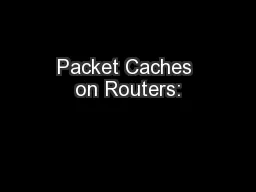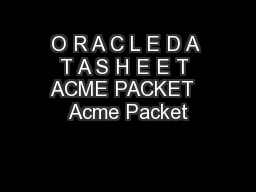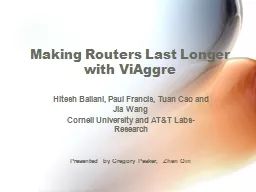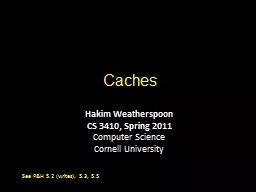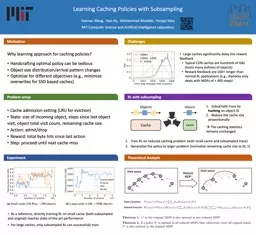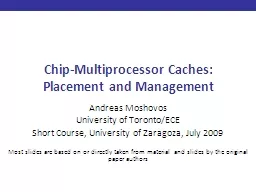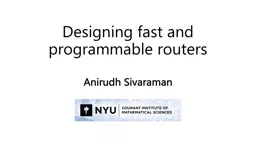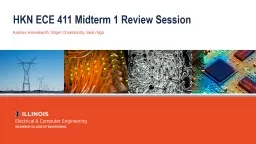PPT-Packet Caches on Routers:
Author : yoshiko-marsland | Published Date : 2018-03-14
The Implications of Universal Redundant Traffic Elimination Ashok Anand Archit Gupta Aditya Akella University of Wisconsin Madison Srinivasan Seshan Carnegie
Presentation Embed Code
Download Presentation
Download Presentation The PPT/PDF document "Packet Caches on Routers:" is the property of its rightful owner. Permission is granted to download and print the materials on this website for personal, non-commercial use only, and to display it on your personal computer provided you do not modify the materials and that you retain all copyright notices contained in the materials. By downloading content from our website, you accept the terms of this agreement.
Packet Caches on Routers:: Transcript
Download Rules Of Document
"Packet Caches on Routers:"The content belongs to its owner. You may download and print it for personal use, without modification, and keep all copyright notices. By downloading, you agree to these terms.
Related Documents

